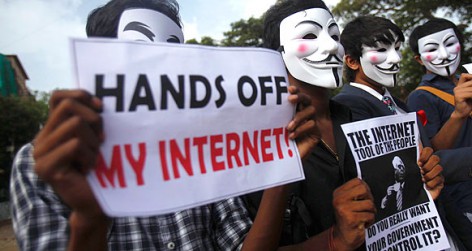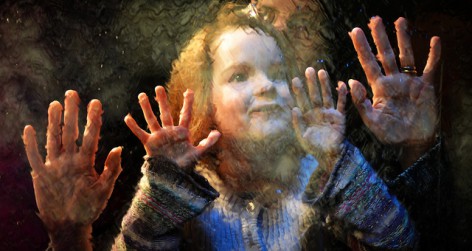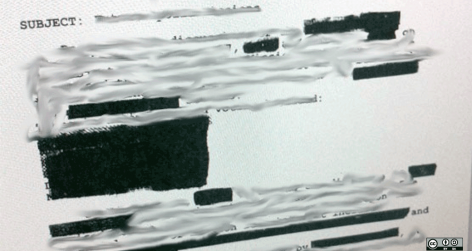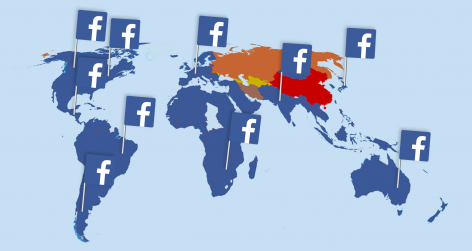On 10 October 2012 the Canadian teenager Amanda Todd committed suicide after years of cyber-bullying and harassment. Judith Bruhn describes a shocking case.

The case
At the age of 12 Amanda Todd logged onto a webcam site where she met a 30-year-old man who flattered her until she revealed her breasts. The man took a photo of her breasts and circulated it among the girl’s friends, family, school and neighbours. The man continued to stalk and harass her despite her changing schools and moving house. Other pupils in her school bullied and assaulted her as a result. Amanda developed panic attacks, started self-harming and tried to commit suicide several times during those years. On 7 September 2012, Amanda, now aged 15, posted a 9-minute video on YouTube, using flash cards to tell her story of being stalked, bullied and assaulted. On 10 October of the same year, she committed suicide.























reply report Report comment
“How many girls have to kill themselves before society realizes that cyber bullying leads to suicide.” Over the past years we have seen many incidents of suicide attempts due to cyber bullying. Yet some of us claim that bullying (in the sense of freedom of expression) should be protected under the 1st amendment. This philosophy is however a drastically ignorant approach to a matter that can have a deeper impact on a person’s mental and physical state than anticipated. In the case of Amanda Todd, physical and cyber harassment were tools used to drive her into suicide. We believe that this would not have happened if the extent of the verbal abuse could have been limited by the school regulations and public laws. In cases like these speech and hate speech must be differentiated and dealt with accordingly. Reflecting upon that statement, we are highly convinced and fully invested in the thought that Amanda Todd would have seen another day, if the hostility and malevolence of her classmates would have been confronted and address as harmful and as a criminal offence.
reply report Report comment
It is really a shocking news. Cyber bullying is one of the major problems for kids as they are exposed to different social media websites. Internet safety for kids are indeed these days and parental control programs helps protecting kids. I also use a parental control program for my kid’s safety.
reply report Report comment
What a terrible news!
This is not only about the privacy, but the right to life. To protect users from cyber-bullying is a key topic that administrators must concentrate on.
Free speech is consist of rights to speak and the protection of personal reputation.